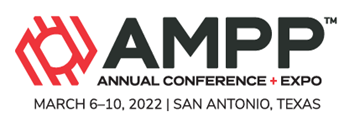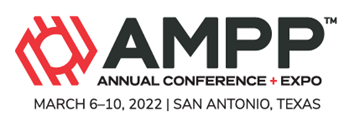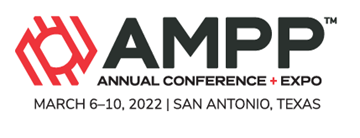Search
Atmospheric Corrosion Detection And Management With AI
Also Purchased
Atmospheric Plasma Coating Removal For Naval Engineering And Maintenance Applications
Product Number:
51322-18170-SG
Publication Date:
2022
$20.00
Assessment And Rehabilitation Of Piping Inside Water And Wastewater Treatment Plants
Product Number:
51322-18200-SG
Publication Date:
2022
$20.00
Recently viewed




